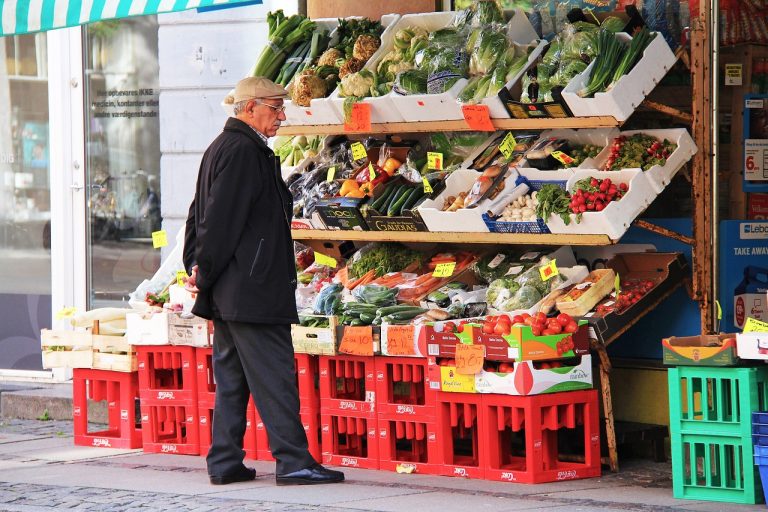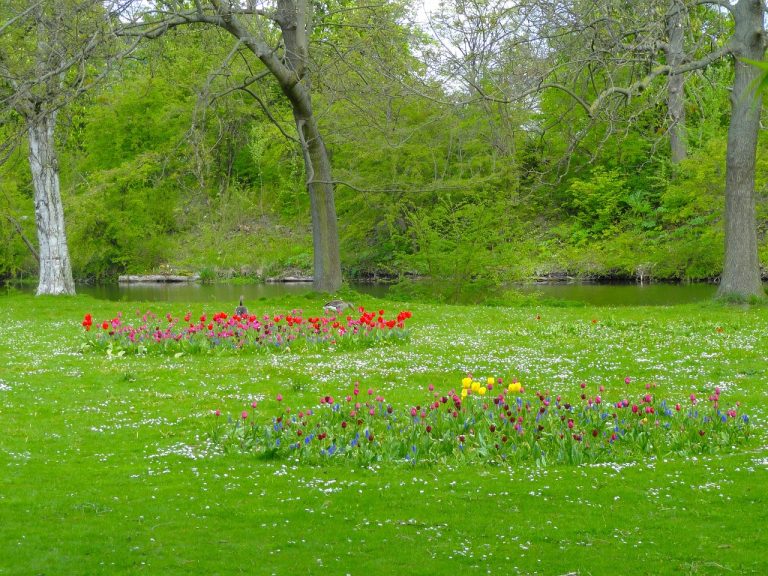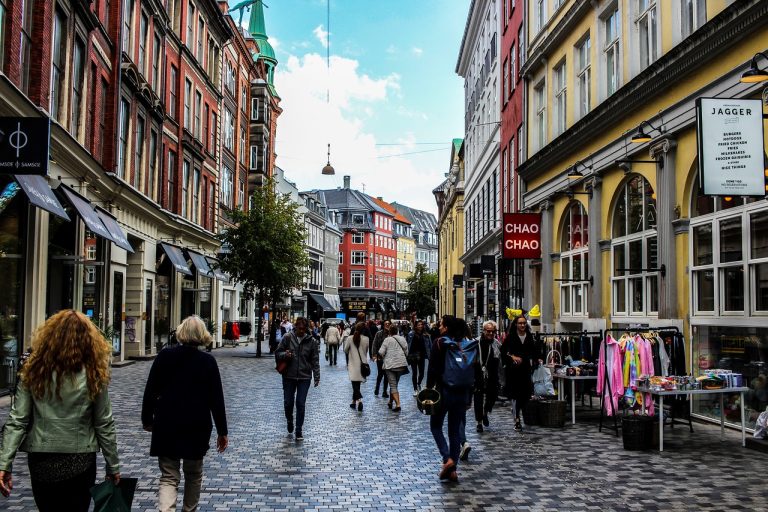Copenhagen Denmark Video
Historical Treasures of Copenhagen Denmark: Reliving the Past
Copenhagen, the capital city of Denmark, is a place rich in history and cultural heritage. From ancient castles to beautiful museums, the city offers a plethora of historical treasures that allow visitors to immerse themselves in the past. In this article, we will explore some of the most significant historical sites in Copenhagen, providing detailed information and insights into their historical significance.
The Little Mermaid Statue
The Little Mermaid statue is one of Copenhagen’s most iconic landmarks and a major tourist attraction. Located at the Langelinie promenade, the statue was inspired by Hans Christian Andersen’s fairy tale. It represents the character of the little mermaid gazing longingly towards the sea. The statue, sculpted by Edvard Eriksen, was unveiled in 1913 and has since become a symbol of Copenhagen.
- Keywords: Little Mermaid, Langelinie promenade, Hans Christian Andersen
The Little Mermaid statue is made of bronze and stands on a granite rock. Over the years, it has faced acts of vandalism and has been temporarily moved for restoration. Despite these challenges, the statue continues to captivate visitors from around the world, who come to admire its beauty and marvel at its historical significance.
Rosenborg Castle
Rosenborg Castle, situated in the heart of Copenhagen, is a remarkable Renaissance castle that dates back to the 17th century. Built by King Christian IV, the castle served as a royal residence until the early 18th century. Today, it houses the Royal Danish Collections, showcasing the country’s rich cultural heritage.
- Keywords: Rosenborg Castle, King Christian IV, Royal Danish Collections
Visitors to Rosenborg Castle can explore its beautifully preserved rooms, including the Great Hall, the King’s Chamber, and the Knights’ Hall. The castle’s gardens are also a sight to behold, with meticulously maintained flower beds and charming pathways. The castle provides a fascinating glimpse into the life of Danish royalty and the history of the country.
Copenhagen Denmark Image 1: 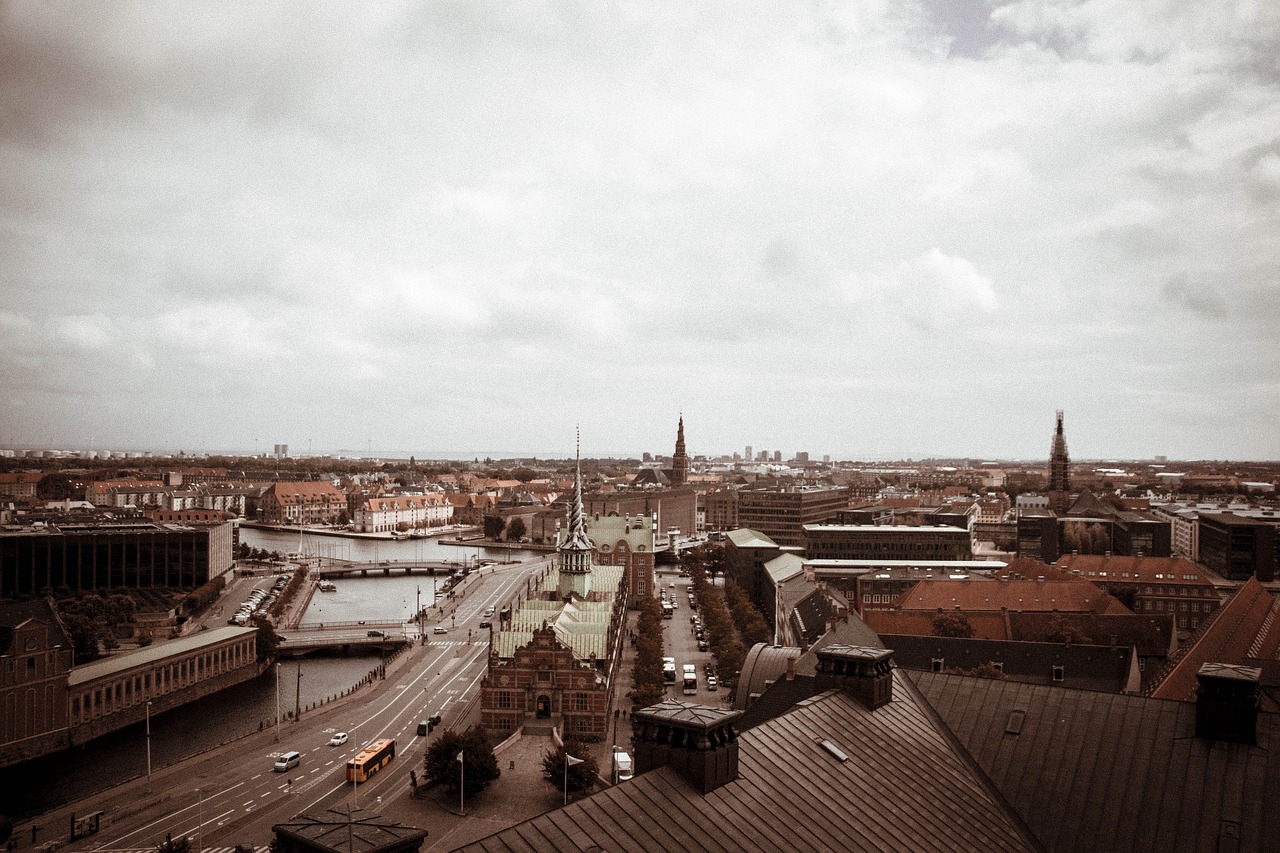
Nyhavn
Nyhavn, meaning “New Harbor,” is a vibrant waterfront district in Copenhagen. It is famous for its colorful buildings, lively atmosphere, and historic ships. Originally a busy commercial port, Nyhavn has transformed into a popular tourist destination with numerous restaurants, bars, and cafes.
- Keywords: Nyhavn, waterfront district, historic ships
Strolling along the picturesque canal of Nyhavn, visitors can admire the beautifully restored 17th and 18th-century townhouses. Many of these buildings have historical significance, once serving as homes for prominent Danish artists and writers. The area also offers boat tours, allowing visitors to explore the city from the water and learn about its rich maritime history.
Amalienborg Palace
Amalienborg Palace is the official residence of the Danish royal family. Located in the Frederiksstaden district, the palace complex consists of four identical rococo-style palaces surrounding an octagonal courtyard. It is an architectural masterpiece and a symbol of Danish monarchy.
- Keywords: Amalienborg Palace, Frederiksstaden district, Danish royal family
Visitors can witness the changing of the guard ceremony, which takes place daily at noon. Inside the palace, the Amalienborg Museum offers a fascinating collection of royal artifacts, including paintings, furniture, and personal belongings of past monarchs. Exploring the palace allows visitors to experience the grandeur of Danish royalty and gain insights into the country’s history.
Copenhagen Denmark Image 2: 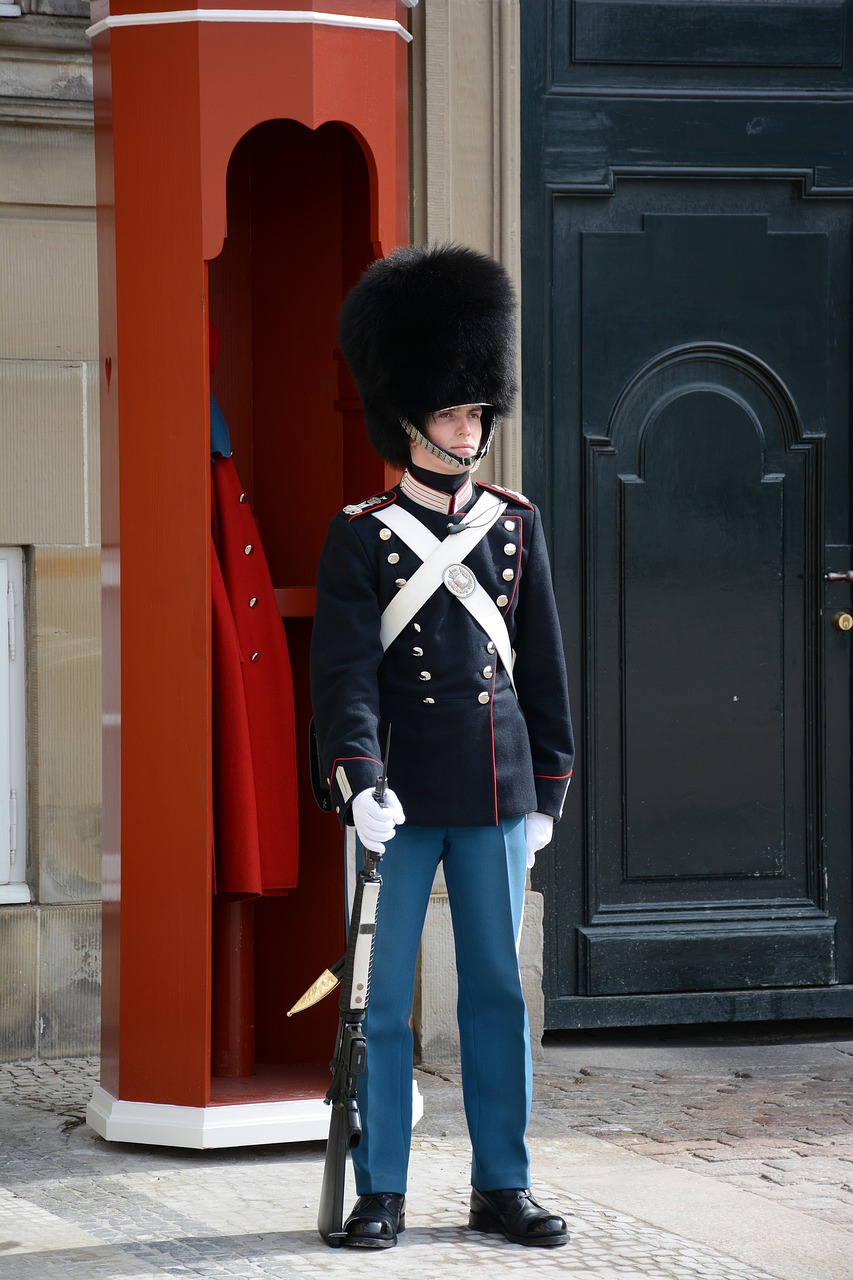
The National Museum of Denmark
The National Museum of Denmark, located in the center of Copenhagen, is the largest cultural history museum in the country. It houses an extensive collection of artifacts, spanning from prehistoric times to the present day. The museum offers a comprehensive insight into Danish history, culture, and archaeology.
- Keywords: National Museum of Denmark, cultural history museum, artifacts
Visitors can explore the museum’s diverse exhibits, which include ancient Viking treasures, medieval artworks, and ethnographic displays. The museum also offers interactive displays and educational programs, making it an engaging destination for both adults and children interested in history and culture.
Christiansborg Palace
Christiansborg Palace, located on the island of Slotsholmen, is a grand palace complex that houses the Danish Parliament, the Prime Minister’s Office, and the Supreme Court. It is a significant political and historical landmark in Copenhagen.
- Keywords: Christiansborg Palace, Slotsholmen, Danish Parliament
Visitors to Christiansborg Palace can explore the royal reception rooms, the royal stables, and the ruins of previous palaces that once stood on the site. The palace also offers a tower with panoramic views of Copenhagen, providing a stunning vantage point to appreciate the city’s beauty.
Copenhagen Denmark Image 3: 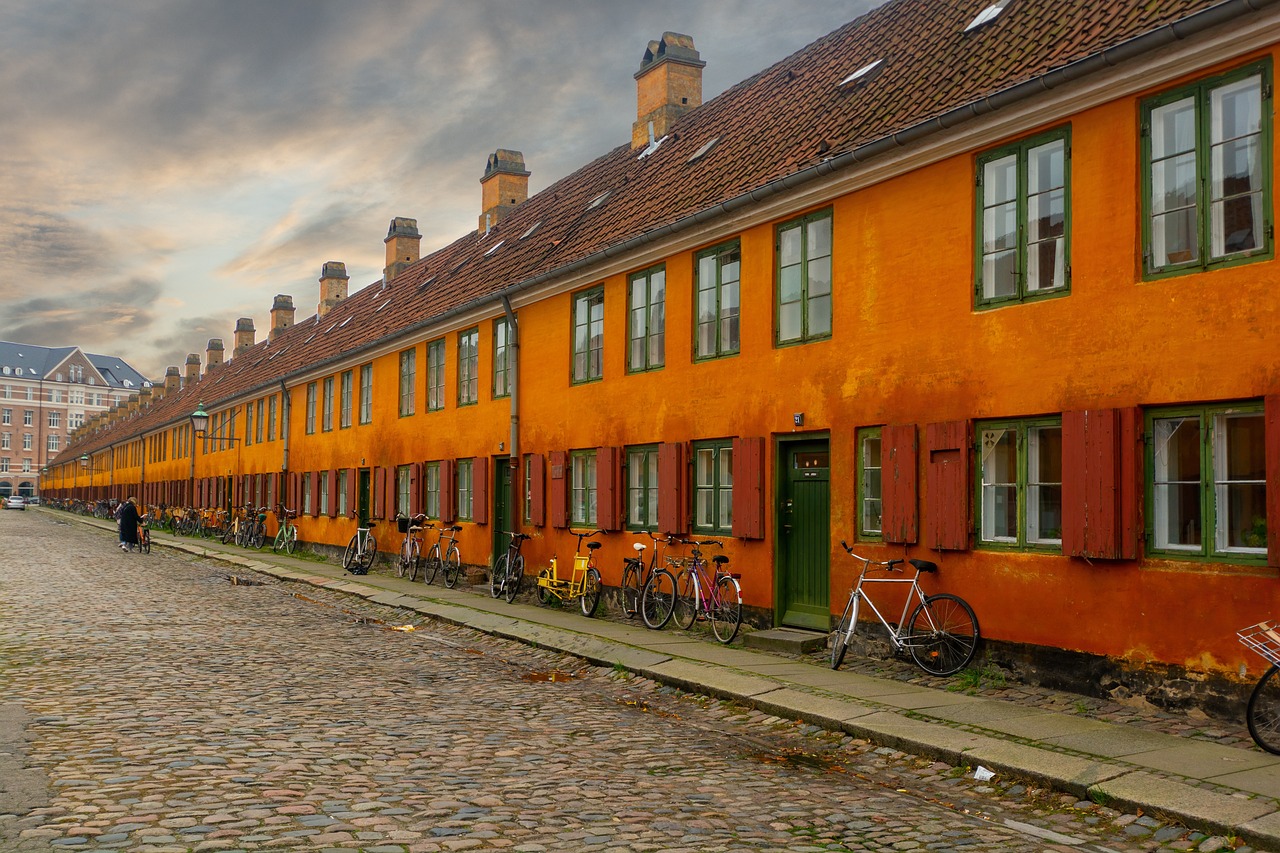
The Round Tower
The Round Tower, or Rundetårn in Danish, is an architectural marvel and an enduring symbol of Copenhagen. Built in the 17th century, the tower was originally constructed as an astronomical observatory. Today, it serves as an observation deck offering panoramic views of the city.
- Keywords: Round Tower, Rundetårn, astronomical observatory
Visitors can ascend the tower via a spiraling ramp instead of stairs, making it accessible to all. Along the way, they can explore the library hall and the exhibition space, which often hosts art exhibitions and cultural events. The Round Tower provides a unique perspective of Copenhagen’s skyline and offers a tranquil escape from the bustling city below.
Frederiksborg Castle
Frederiksborg Castle, located in Hillerød, just outside Copenhagen, is a magnificent Renaissance castle surrounded by a picturesque lake and gardens. It was built in the 17th century by King Christian IV and served as a royal residence until the 19th century.
- Keywords: Frederiksborg Castle, Hillerød, Renaissance castle
Visitors to Frederiksborg Castle can explore its opulent halls, including the Great Hall, the Chapel, and the Knights’ Hall. The castle is also home to the Museum of National History, which showcases Danish history through a collection of paintings, furniture, and decorative arts. The stunning architecture and scenic surroundings make Frederiksborg Castle a must-visit destination for history enthusiasts.
The Danish Jewish Museum
The Danish Jewish Museum is located in the former Royal Boat House in Copenhagen’s historic district of Indre By. The museum tells the story of Danish Jews and their experiences during World War II, highlighting the rescue operation that saved most of the country’s Jewish population.
- Keywords: Danish Jewish Museum, Indre By, World War II
The museum’s exhibits include personal stories, photographs, and artifacts that provide insights into the lives of Danish Jews during one of the darkest periods in history. It serves as a poignant reminder of the importance of tolerance, compassion, and the preservation of human rights.
Kronborg Castle
Kronborg Castle, located in the town of Helsingør, is a UNESCO World Heritage site and a significant Renaissance castle. It is famously known as the setting for Shakespeare’s play “Hamlet” and attracts visitors from around the world.
- Keywords: Kronborg Castle, Helsingør, UNESCO World Heritage
Exploring Kronborg Castle allows visitors to delve into the world of Shakespearean drama and experience the grandeur of Danish Renaissance architecture. The castle’s vast halls, underground casemates, and scenic surroundings make it a captivating destination for history enthusiasts and literary fans alike.
Conclusion
Copenhagen, Denmark’s capital, is a city steeped in history and brimming with historical treasures. From iconic landmarks like the Little Mermaid statue to grand palaces and museums, the city offers a diverse range of historical sites that allow visitors to relive the past. By exploring these historical treasures, visitors can gain a deeper understanding of Copenhagen’s rich cultural heritage and its place in history.
References
– cityloco.net (Copenhagen Denmark Images)


